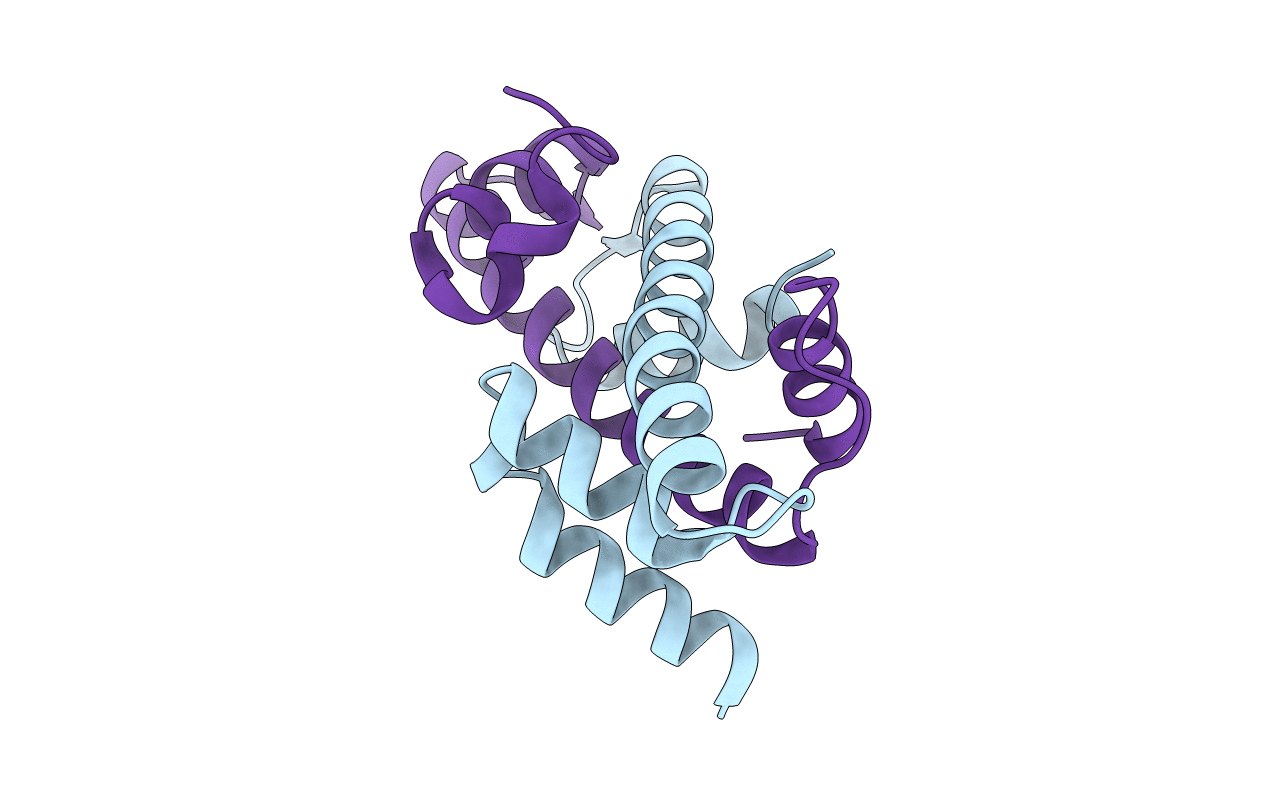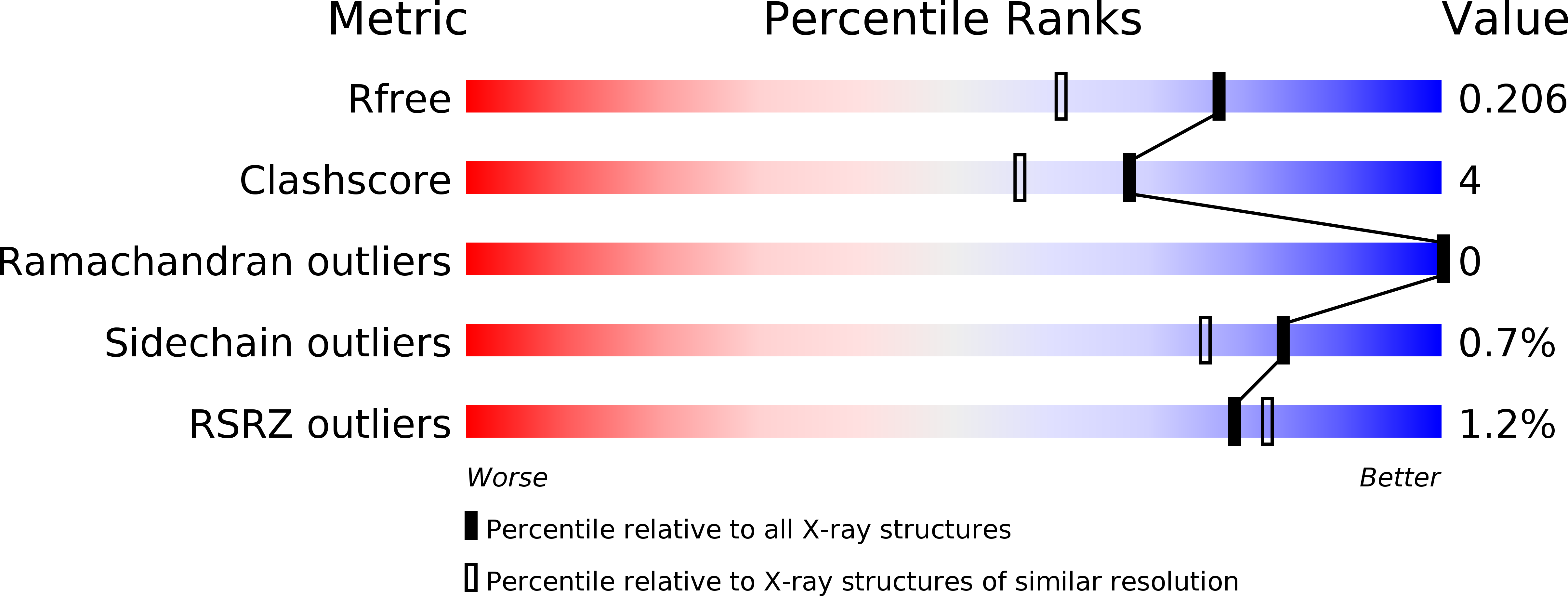
Deposition Date
2002-10-18
Release Date
2003-02-18
Last Version Date
2024-03-13
Method Details:
Experimental Method:
Resolution:
1.67 Å
R-Value Free:
0.20
R-Value Work:
0.18
Space Group:
P 21 21 21


